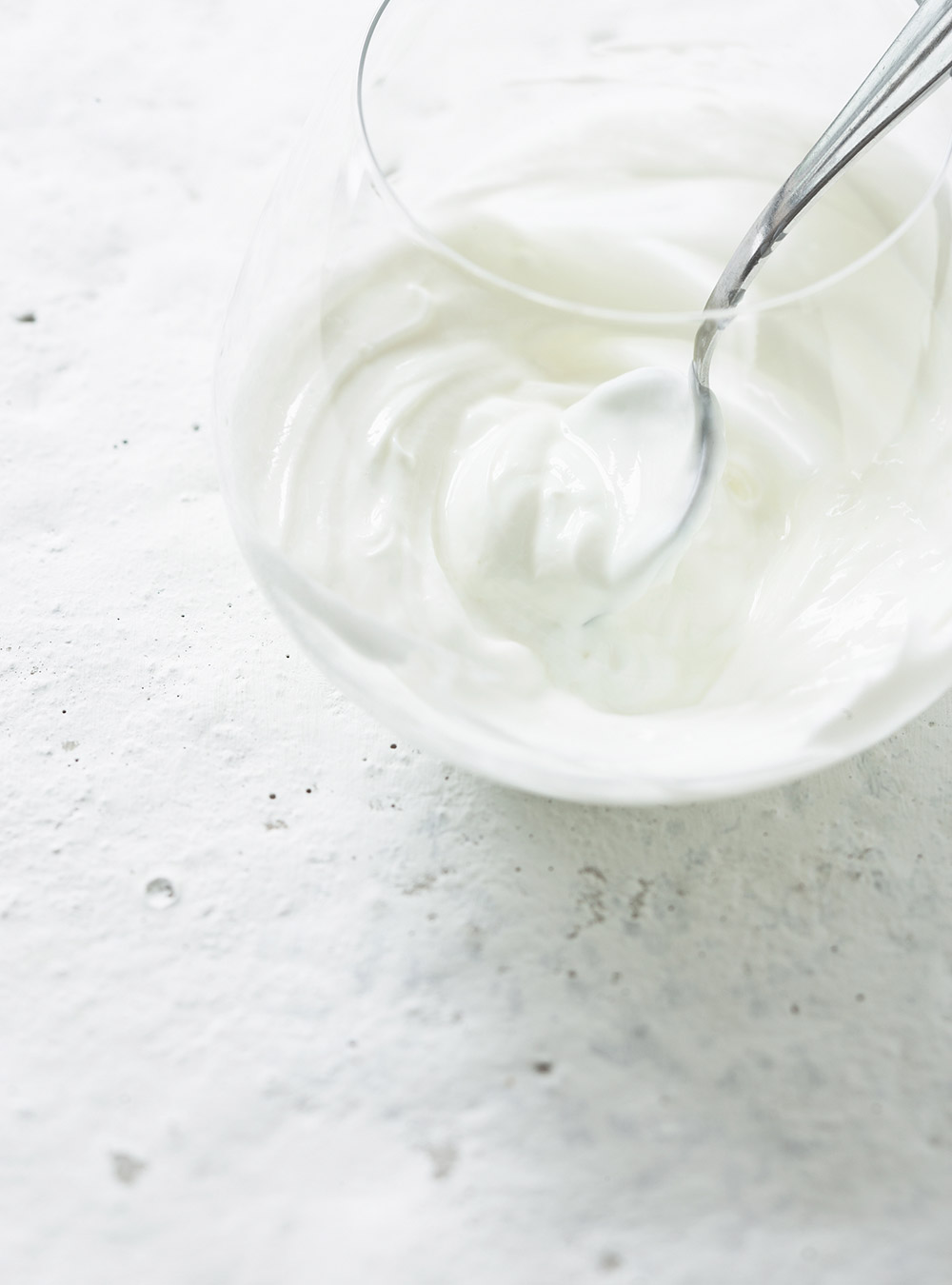Fermentation of milk into yogurt
Fermentation is not solely for beer and wine. Milk can also be transformed by the action of the right microorganisms. Here’s how: bacteria, or "lactic ferments”, which are added to milk, convert lactose (a sugar found naturally in milk) into lactic acid. After 4 to 6 hours of fermentation at a temperature of about 110°F (45°C), enough lactic acid is produced to curdle the milk protein called casein. Destabilized by the presence of lactic acid, casein proteins attach together to form a more or less firm gel. The bacteria also produce a host of other substances that change the flavour and texture of the milk. The type of bacteria selected by manufacturers and the fermentation conditions affect the level of tartness and the texture of the yogurt, which can be firm or runny. The bacteria most often used are Streptococcus thermophilus and Lactobacillus bulgaricus.

